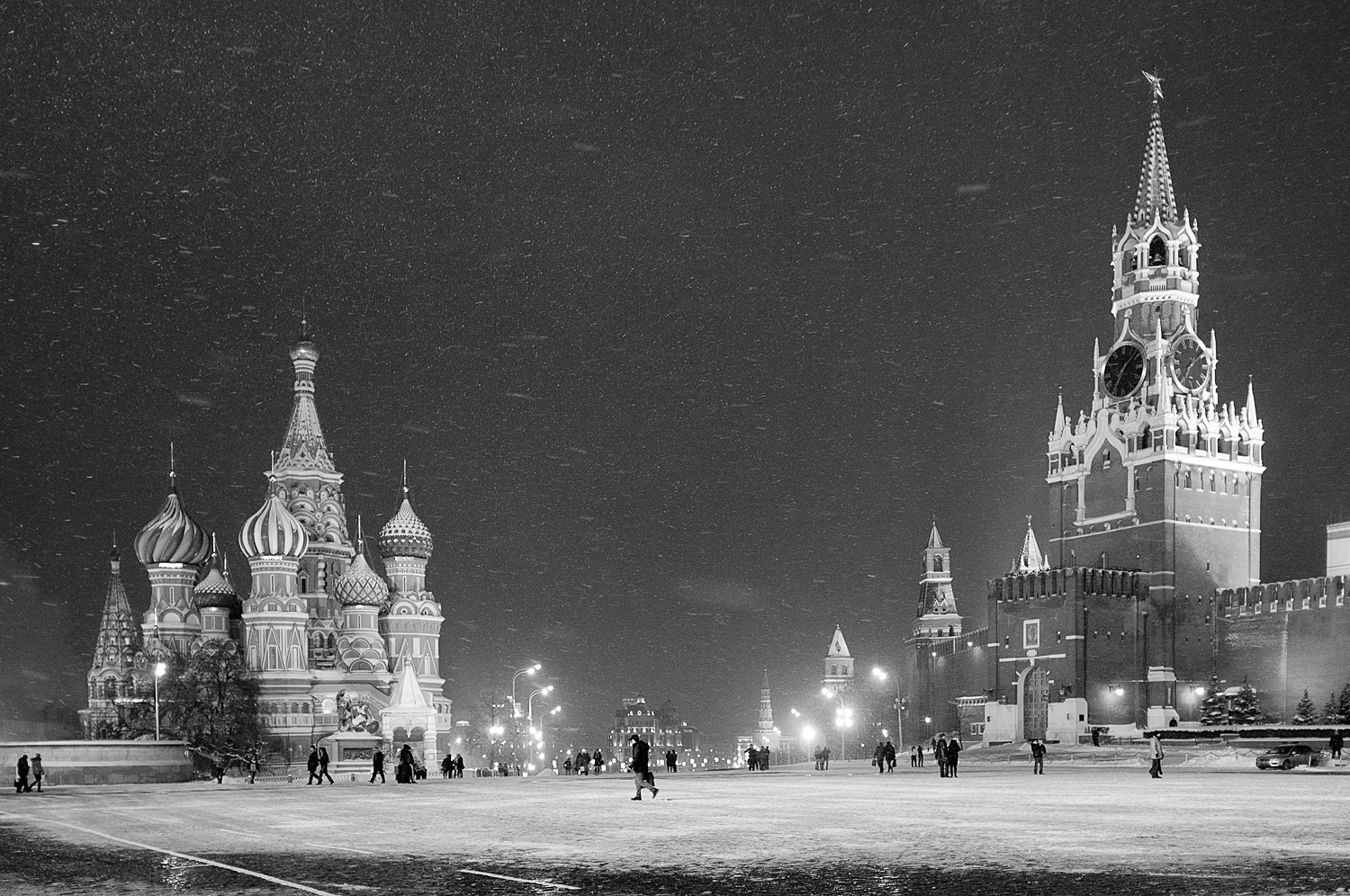Joachim Gerstl
Veteran Member
Hi,
I even have to lift exposures a little bit because I exposed to much for the lights. RAW processed in LR. No noise reduction. I don't know an APS-C sensor camera that gives better results in low light.
Here are some low light samples:
http://www.littlebigtravelingcamera.com/?p=5856#more-5856
To me all the negativity in this forum is in contrast to the pictures that are posted here or on pbase or smugmug. Sometimes I think this posts are not real or the posters don't own a Fuji camera.
I even have to lift exposures a little bit because I exposed to much for the lights. RAW processed in LR. No noise reduction. I don't know an APS-C sensor camera that gives better results in low light.
Here are some low light samples:
http://www.littlebigtravelingcamera.com/?p=5856#more-5856
To me all the negativity in this forum is in contrast to the pictures that are posted here or on pbase or smugmug. Sometimes I think this posts are not real or the posters don't own a Fuji camera.


